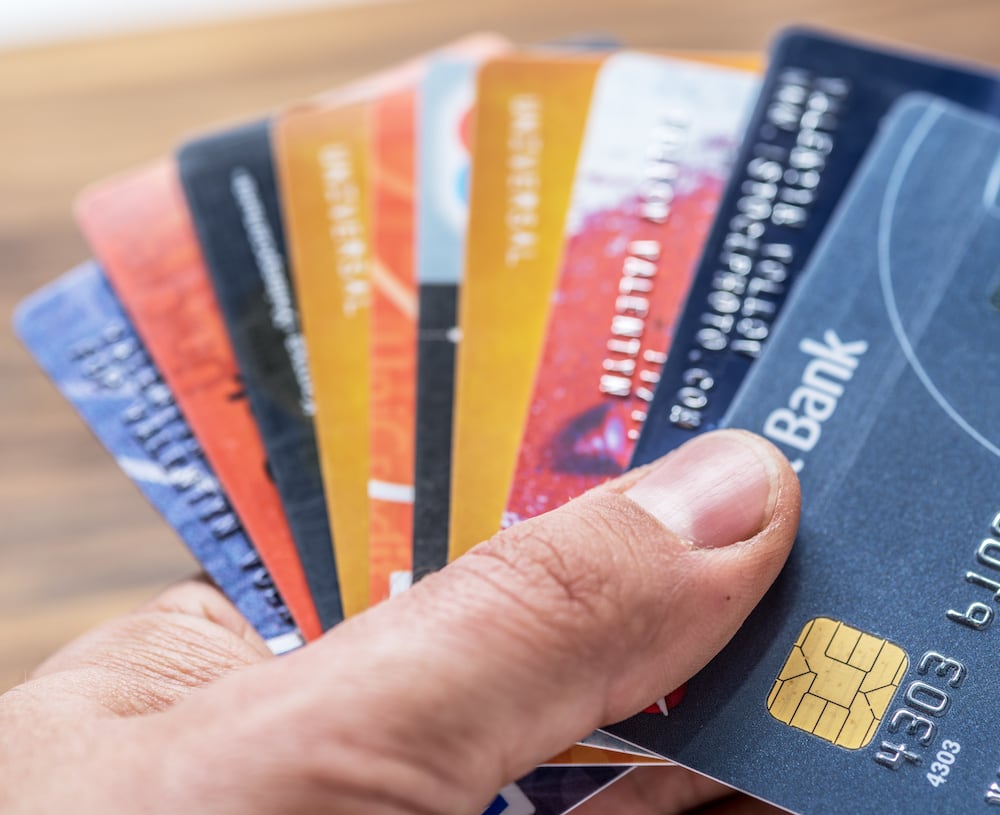While filing for bankruptcy can help you develop a clean financial slate for the future, the process does affect your credit. Fortunately, you can begin rebuilding your credit almost immediately after filing by taking the right steps.
Having good credit is key to getting approved for loans, buying houses, and even finding gainful employment. Here are a few post-bankruptcy strategies to get you back on top.
Obtain a secured credit card
Secured credit cards require a deposit as collateral. They are a good option for people post-bankruptcy, as they allow you to securely rebuild your credit score. When using a secured card, make sure you use it sparingly and only for small purchases. You should also pay off the total balance every month to avoid fees for interest.
Build an emergency savings fund
There is not much you can do about unexpected financial occurrences. However, having an emergency savings fund in place means you will not need to rely on credit or loans when a problem arises. Even a small amount of money can help you in a pinch, so prioritize saving along with other good habits.
Check your credit report
Information related to late or missed payments and bankruptcy can last from seven to ten years on your credit report. While only time can do away with accurate information, there is also a chance that your report contains inaccuracies. If so, they could hold you back from boosting your credit. If you notice errors or other issues, contact the reporting bureau responsible. You may need to provide additional information to show the debt is inaccurate.
Maintaining good financial habits ensures you can move forward in life in a fulfilling way. Good habits can also help you avoid future financial issues related to debt and credit.

